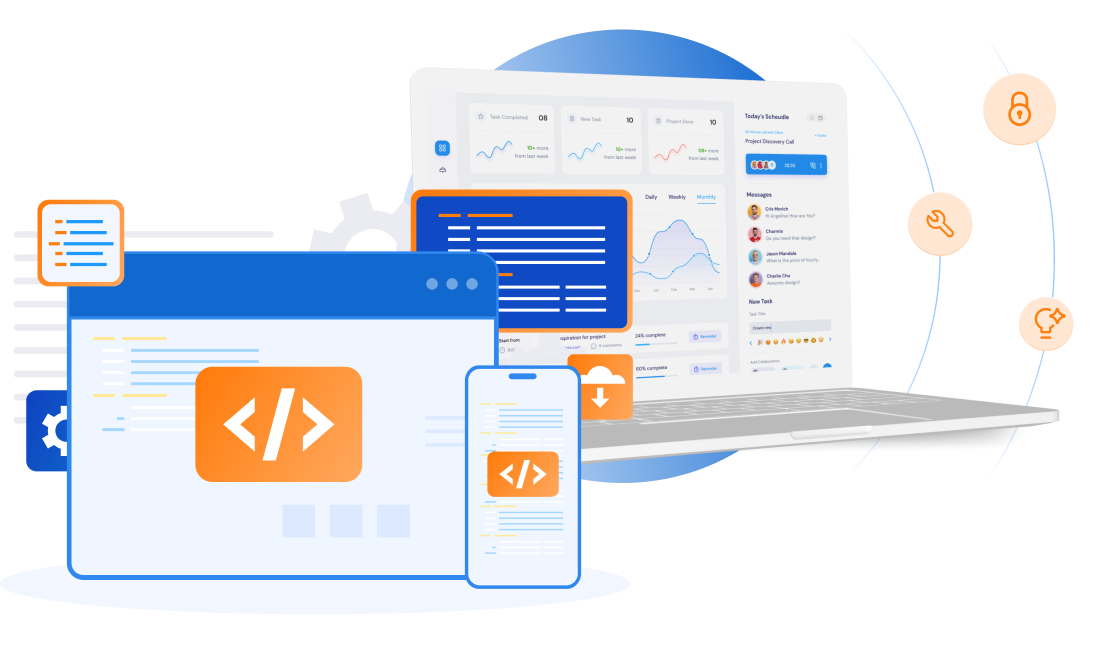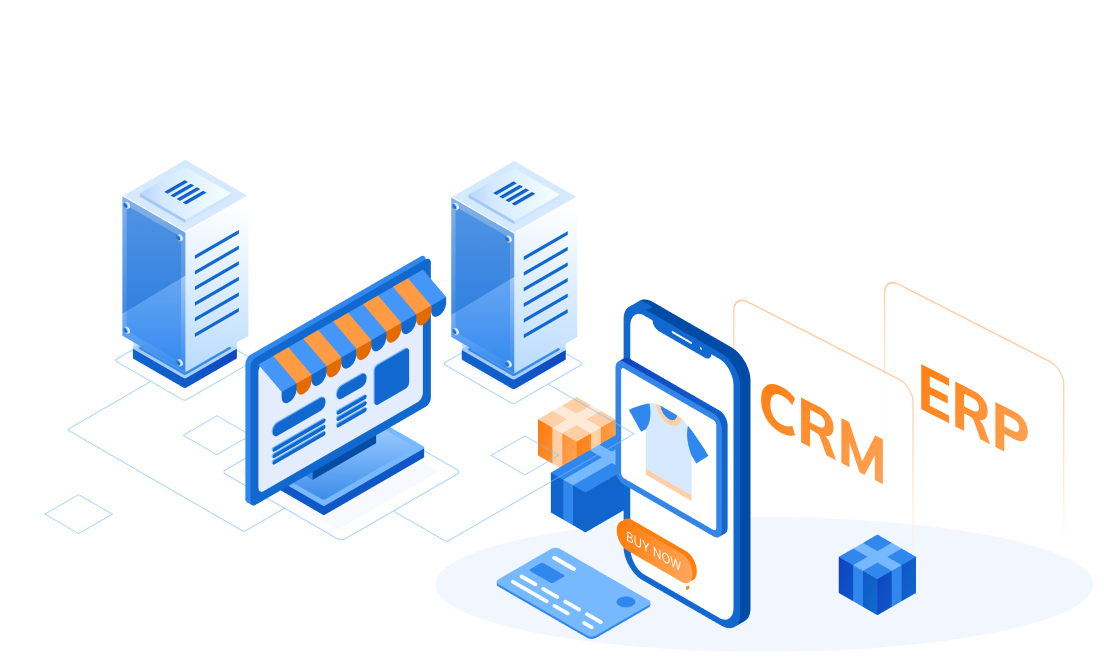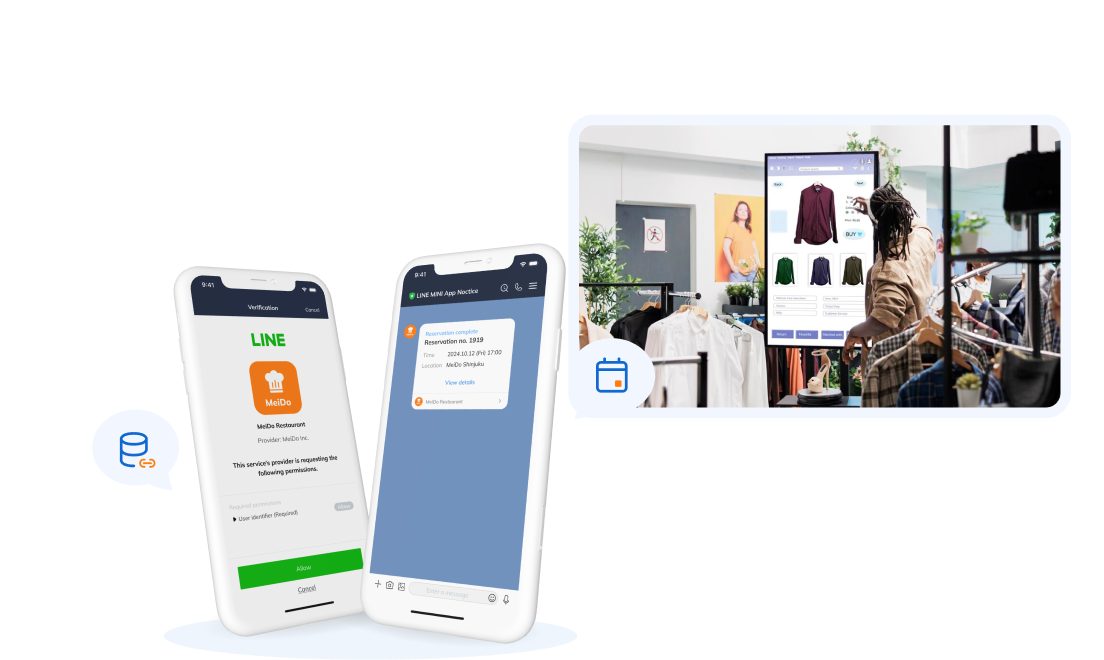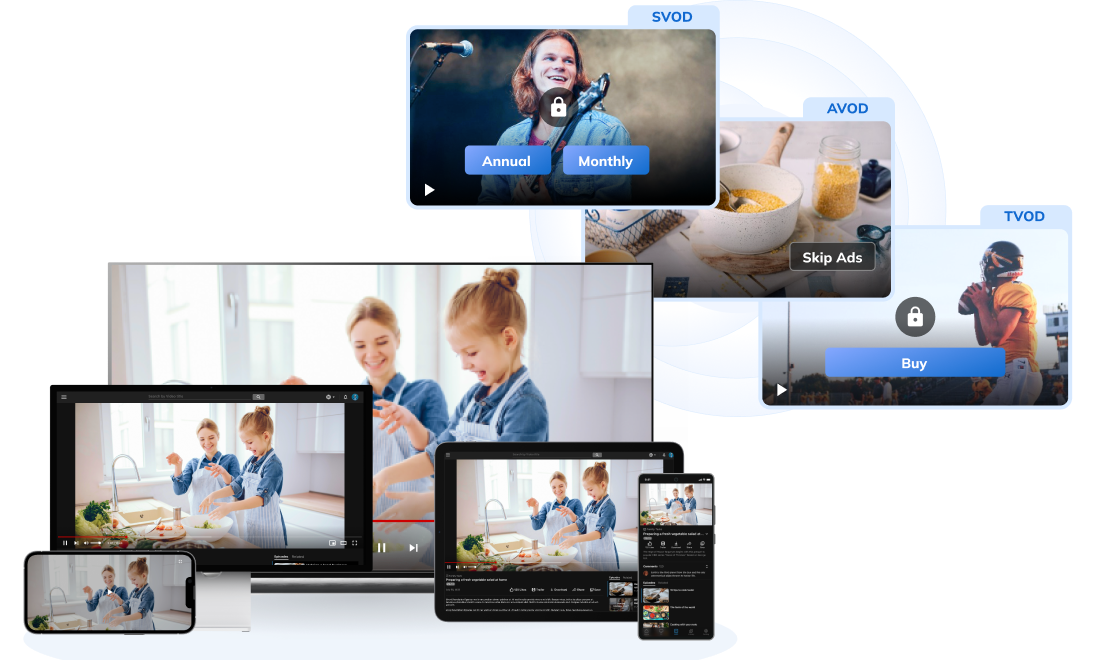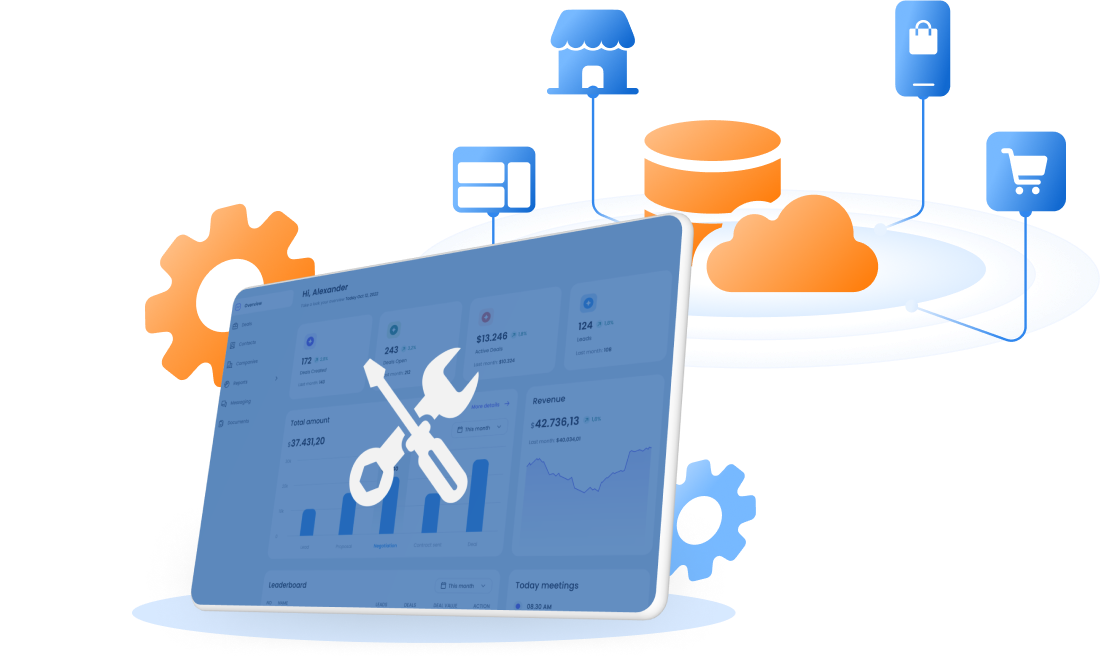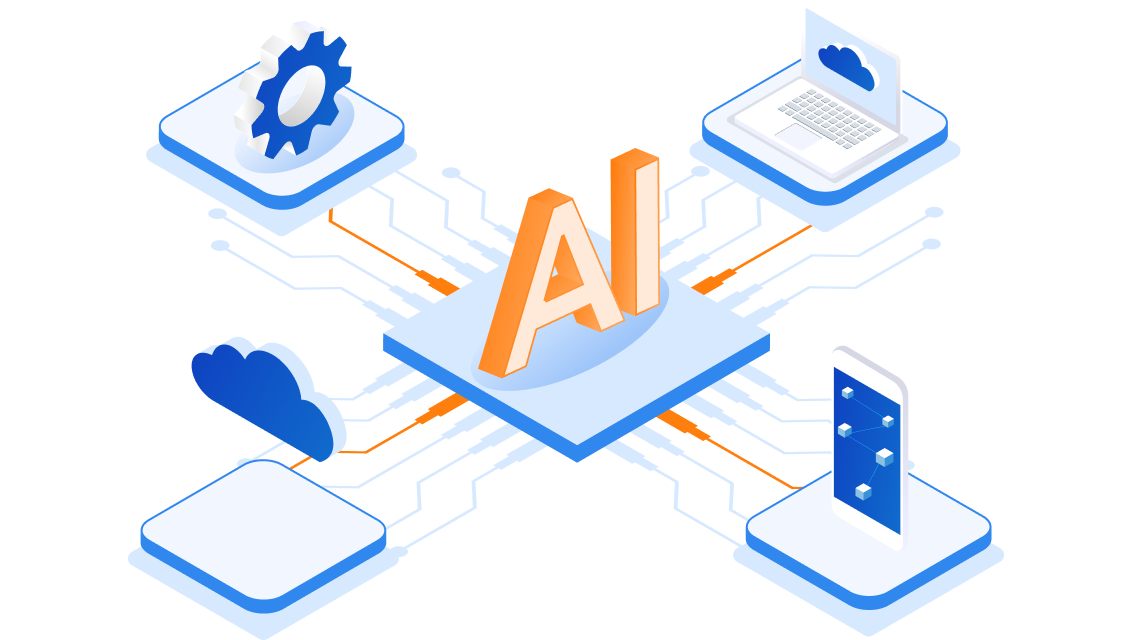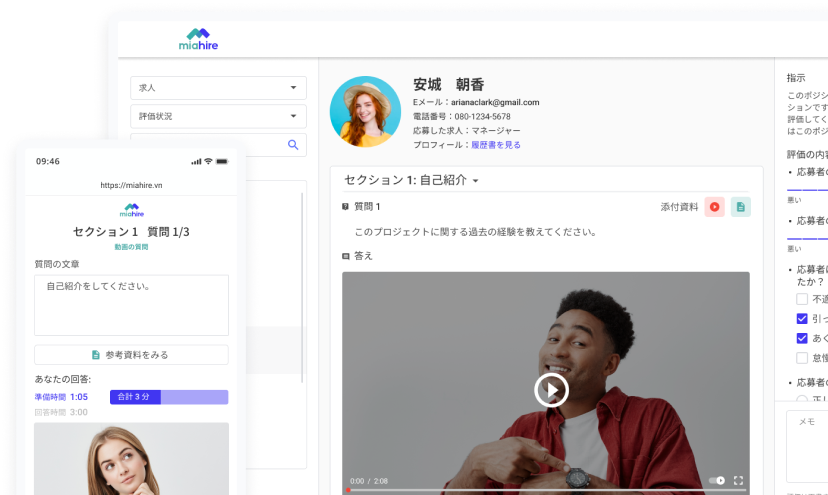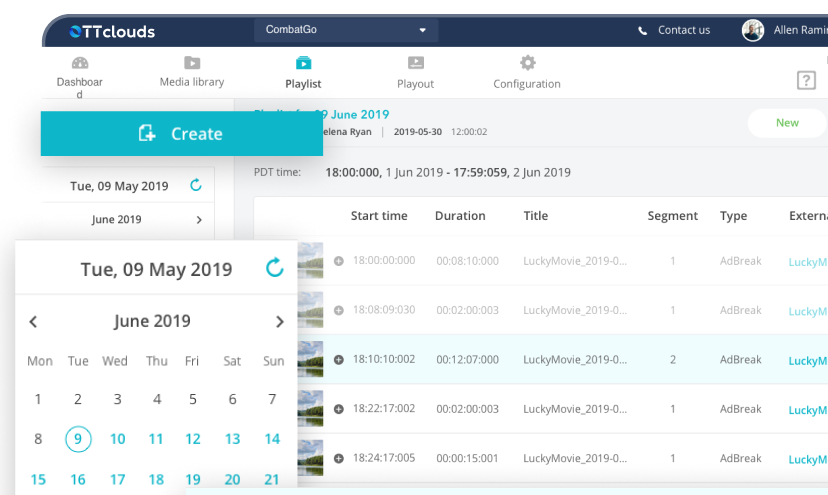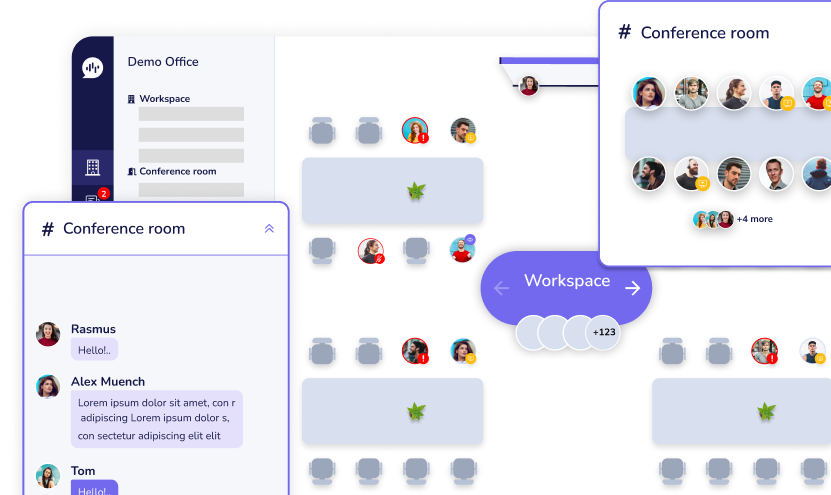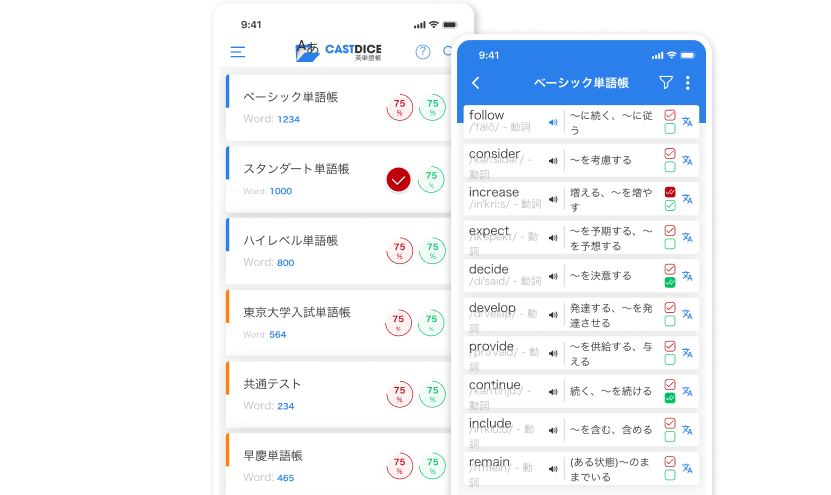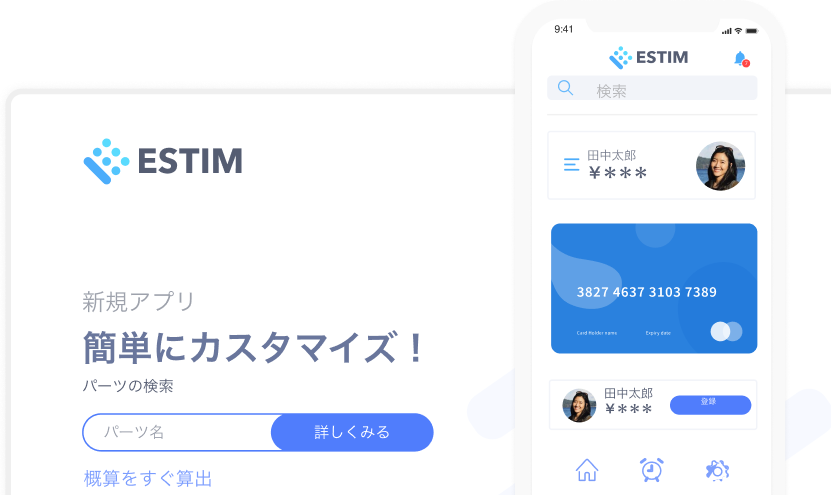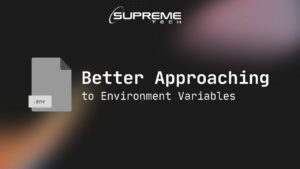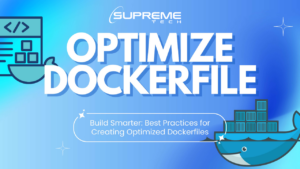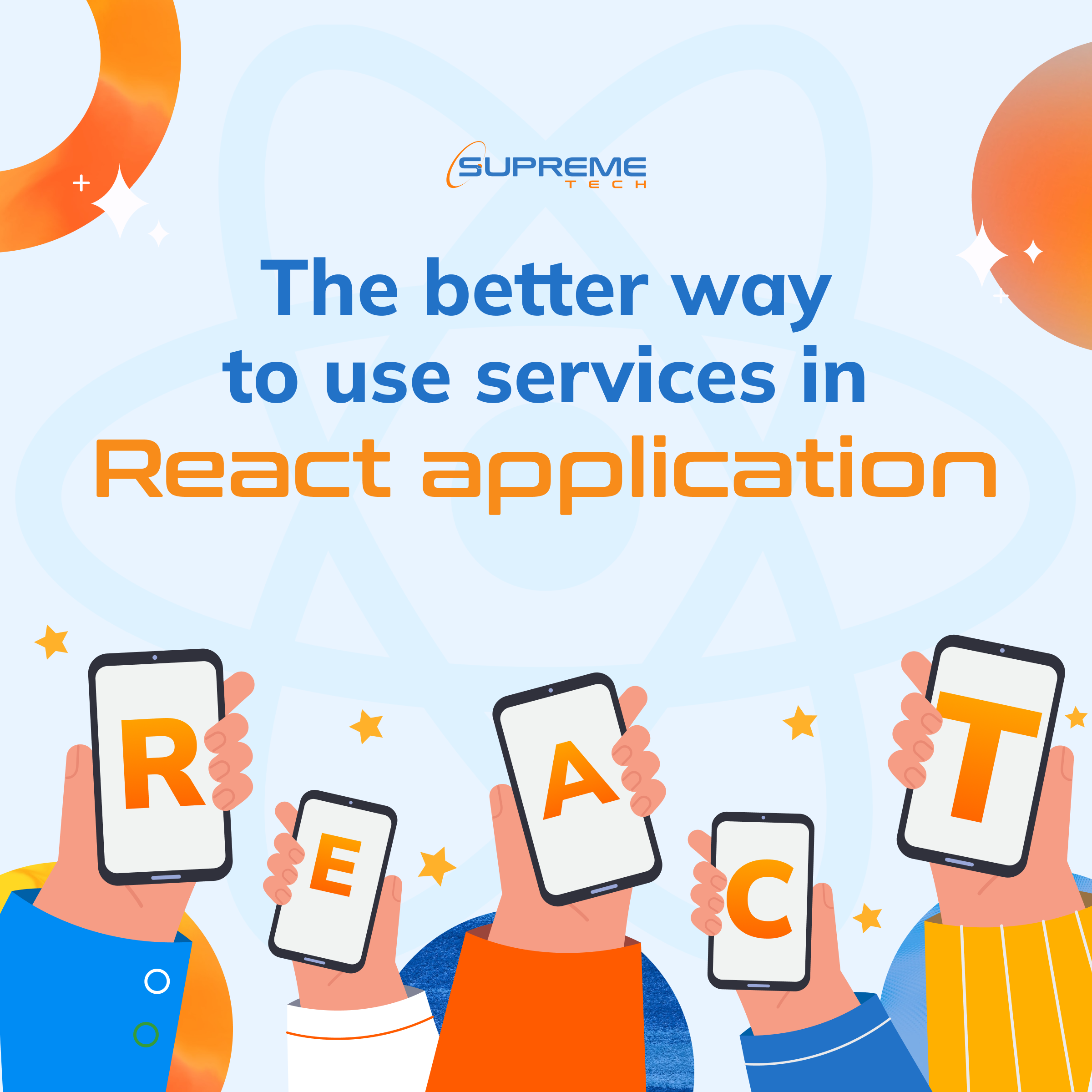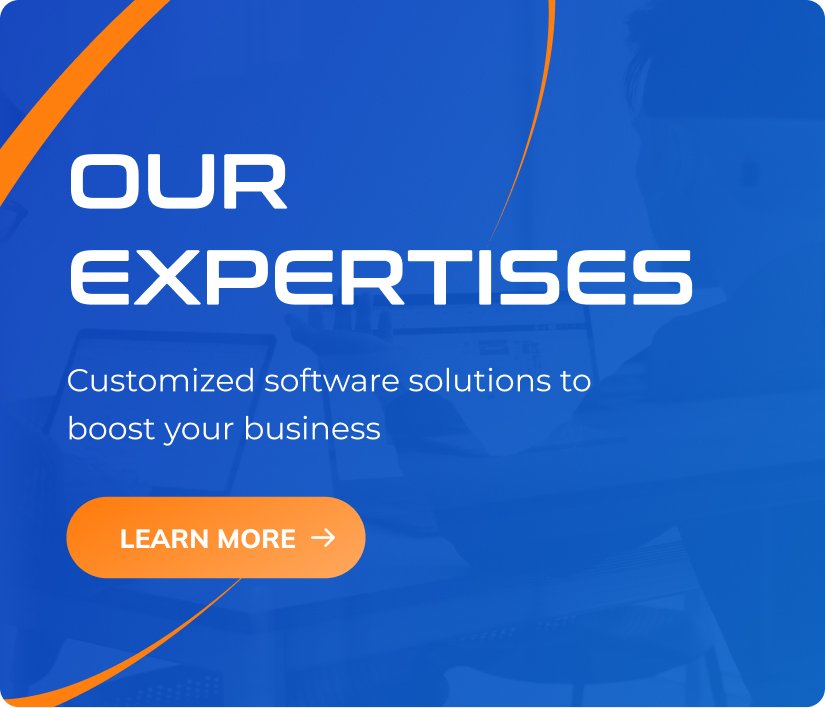Digitalized Healthcare Management System: Future of Transformation
02/08/2023
1.08k
Table of Contents
Introducing the Digitalized Healthcare Management System – a revolutionary solution to tackle the challenges of an aging population and enhance healthcare services. This digital age emphasizes the importance of data management, and our system leverages advanced techniques to gain valuable insights into trends, treatment outcomes, and resource utilization. Citizens can stay informed, track progress, and receive personalized health recommendations. Moreover, our system spans multiple cities, transforming the healthcare landscape and promoting well-being. Data security is a top priority, and we provide separate CMS instances for each client to protect valuable data. Experience the future of healthcare transformation with our cutting-edge system.
“More than one in four people is 65 or older – 28.7% of the population, or 36.17 million (almost the population of Poland)”
According to government statistics published in September 2020.
The growing number of elderly citizens has become a major concern for governments, as there is a need to measure and prevent diseases and ensure adequate care for this demographic. However, meeting the needs of a growing aging population poses significant challenges. One of these is the strain on existing resources. It is imperative to explore alternative approaches and leverage technology to ease the burden on healthcare systems and support our aging population.
In this digital age, data is king, and healthcare management is no exception. By leveraging advanced data management techniques, healthcare centers can gain valuable insights into patient trends, treatment outcomes, and resource utilization.
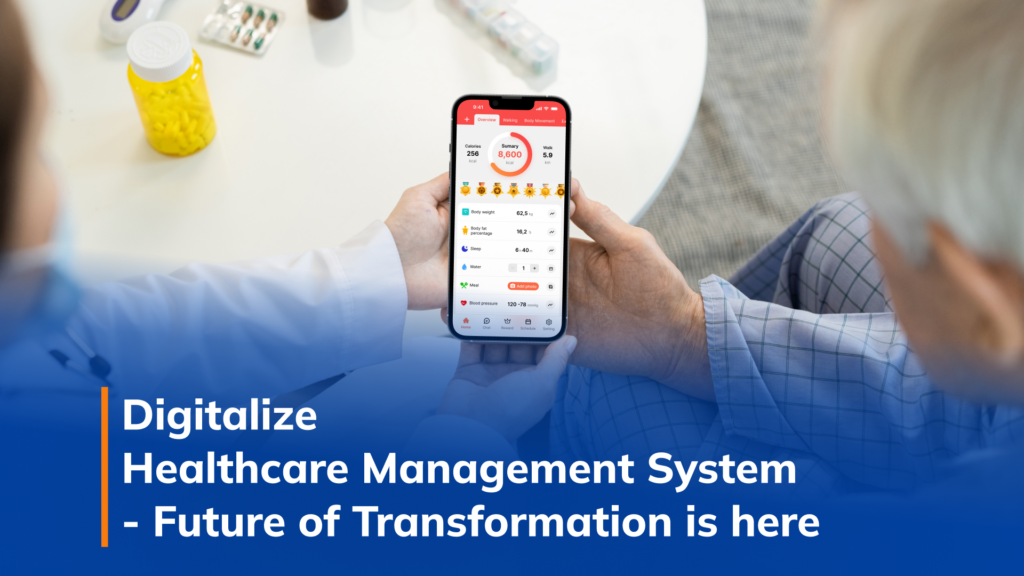
Benefiting this transformation, citizens with access to real-time data can stay informed about their health status, track their progress, and receive personalized recommendations to improve their well-being. So, let’s see how digitalization with the Healthcare Management System transforms the whole old, huge healthcare management system!
Spending hours queuing to check in at the health care center is what people have been doing for centuries
It would be an understatement to say that the long lines of waiting citizens or the endless queues of appointments have taken a toll on everyone in the healthcare industry. The burden of managing the influx of citizens and the strain on resources has been overwhelming. Healthcare professionals are stretched thin trying to provide quality care while meeting the challenges of inefficient systems.
The impact of the traditional healthcare management system was felt by citizens and providers alike. Citizens experienced frustration, anxiety, and wasted time as they endured long wait times. Meanwhile, healthcare professionals faced the daunting task of trying to meet an ever-increasing demand for care within a limited time frame.
It’s time to use technology to simplify the healthcare management system
It’s time to use technology to simplify the healthcare management system.
In a world embraced by digitalization, we must be truly thankful for access to all health information through smartphones and the Internet. Citizens or citizens no longer suffer from the days of endless searching and waiting to check in at the health center. Instead, everything is at their fingertips, from managing their body weight and body fat percentage, measuring their daily steps, and recording their daily meals, or more, to assessing their health score or checking their stress levels.
A Japanese healthcare system has provided a solution
You can easily find a tracking app individually online with a simple search with over 1,000 results in the App Store or Google Store, but have you ever heard of a system that is for everyone in a city or country? Yes, that’s what we’ve been working on since 2019 for nearly 20 cities across the country.
Meet our customer – A health management application – the Pioneer of Digital Healthcare Management System
- This company is pioneering in Japan’s healthcare industry, known for launching the country’s first medical recruitment website. Committed to its mission of “making the world happy with good ideas,” it has expanded its business to include a cutting-edge healthcare application for smartphones. The company specializes in providing comprehensive staffing services tailored to the medical, long-term care, and social services sectors, including mid-career and graduate recruitment.
- In addition, the company excels in providing world-class healthcare services by harnessing the potential of health management applications. With a strong focus on improving the well-being of individuals, this health management application is dedicated to revolutionizing the healthcare landscape and promoting happiness through innovative solutions.
- The company offers essential features to promote disease prevention among citizens. These highlights include:
- Weight Management: they provide tools to effectively manage body weight and body fat percentage, allowing users to track and monitor their progress.
- Step Tracking: By integrating with Google Fit and Health Kit, they can automatically track daily steps, encouraging users to stay active and maintain a healthy lifestyle.
- Video Exercises: They offer a wide selection of over 900 exercise videos, including yoga, stretching, dance, calisthenics, and more. These videos are easily accessible and completely free, allowing users to stay fit and active without feeling exhausted.
- Meal Recording: With the system’s convenient camera feature, users can easily record their daily meals. This feature makes it easy to track and monitor dietary habits and encourage healthier eating choices.
- The company evolves the system through engaging activities to earn points that can be redeemed for Amazon gift cards or cash rewards. By participating in these activities, customers have the opportunity to earn valuable rewards that enhance their overall shopping experience.
It’s time to promote better health
With access to real-time data, citizens can now stay informed about their health, track their progress, and receive personalized recommendations to improve their well-being. Whether it’s monitoring vital signs, tracking medication adherence or managing chronic conditions, citizens can harness the power of technology to take charge of their health in a proactive and informed way.
Through easy-to-use interfaces and intuitive mobile applications, individuals can engage in activities that promote better health.
What does this mean for the healthcare sector?
It’s time to bring the game to a new level with an easy Content Management system (CMS) where you will be able to get access to update your citizens or citizens’ health information.
Furthermore, these systems can facilitate seamless communication between citizens and healthcare providers, allowing for remote consultations, and health ranking services. This not only improves access to care, especially for those in remote areas or with limited mobility but also enhances citizen engagement and satisfaction.
By encouraging citizen engagement and facilitating self-care, a digitized healthcare management system fosters a sense of empowerment and responsibility for one’s health. This proactive approach not only contributes to better health outcomes but also reduces healthcare costs by preventing or managing conditions before they escalate.
How the system improves the existing healthcare management system.
So how does the system bring the technology revolution to the healthcare information and management systems society? Let’s check it out with the following benefits:
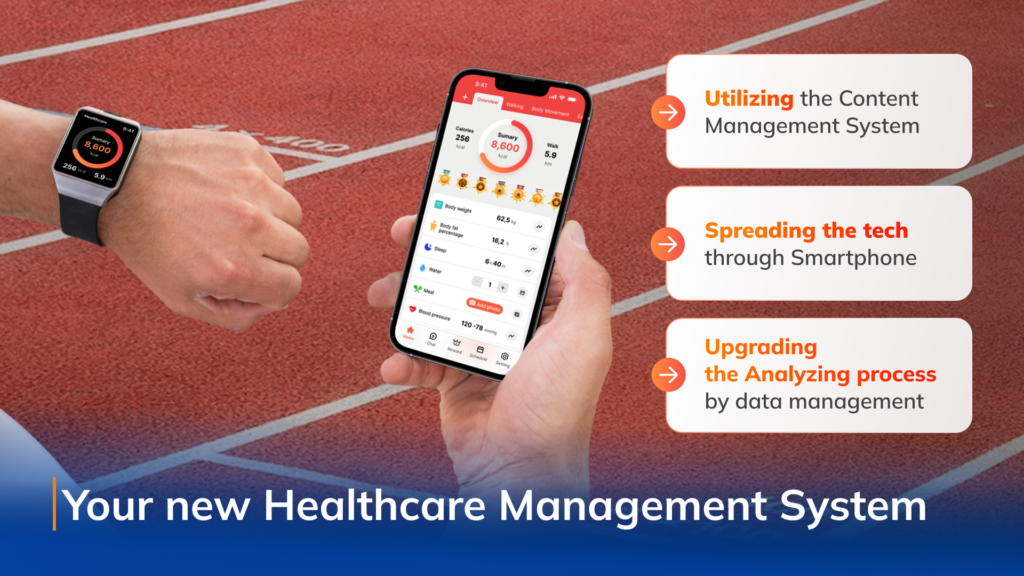
Utilizing the Content Management System
Utilizing a robust Content Management System (CMS) is instrumental in optimizing the healthcare management system. By implementing a CMS, healthcare providers can efficiently organize and access vast amounts of data, including citizen records or administrative information. This streamlined approach improves data accuracy, reduces paperwork, and enables seamless collaboration among healthcare professionals.
Spreading technology through smartphones
In addition, the widespread use of smartphones has revolutionized healthcare delivery. Mobile applications have become a powerful tool for spreading technology and empowering citizens to take control of their health. Through smartphone apps, individuals can access medical information, schedule appointments, receive personalized health recommendations, and even engage in remote consultations with healthcare providers.
Improving the analytics process through data management
In addition, enhancing the analytics process through advanced data management techniques improves healthcare decision making. By leveraging data analytics, healthcare professionals gain valuable insights into citizen trends, treatment outcomes, and resource utilization, enabling proactive interventions, personalized care plans, and optimized resource allocation. This data-driven approach leads to improved citizen outcomes, cost effectiveness, and an overall more efficient healthcare system.
How the Japanese government has used the system to improve the health of its citizens
The healthcare management system has been implemented in several cities, including Kasaoka City, Fujishi City, Niigata City, Arida City, Nishi Tokyo City, and Odawara City. These locations have adopted the system to enhance healthcare services and streamline management processes, ensuring improved citizen care and optimized resource allocation. By expanding its coverage to these cities, the healthcare management system aims to support a wider population and promote efficiency and effectiveness in the delivery of healthcare services.
Security – The Essential Product Goal
With a nurturing mindset focused on creating robust products and proactively sharing innovative ideas, we have been actively engaging with our customers, we strive to overcome any challenges that arise during application development in the system. And one of those challenges is data security for the product!

Development systems and technologies
Below are the resources and technologies we use to develop the services:
Details of entrustment: Design, Implementation, Testing, Migration, Maintenance & Operation
Platform: CMS, Native App
Development language: PHP (Laravel), Kotlin, Swift
Let Supremetech help you start your Healthcare management system now!
Start your Healthcare management system now with the help of Supremetech. Our expertise and solutions will empower you to optimize operations, streamline processes, and enhance citizen care.
Don’t wait, take the first step towards a more efficient and effective healthcare system today.
Book a free consultation with us now!
Related Blog


